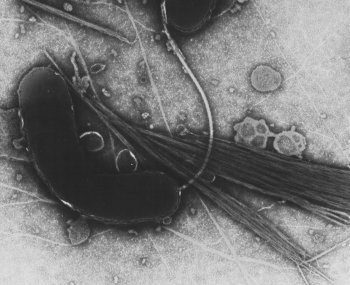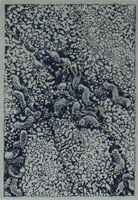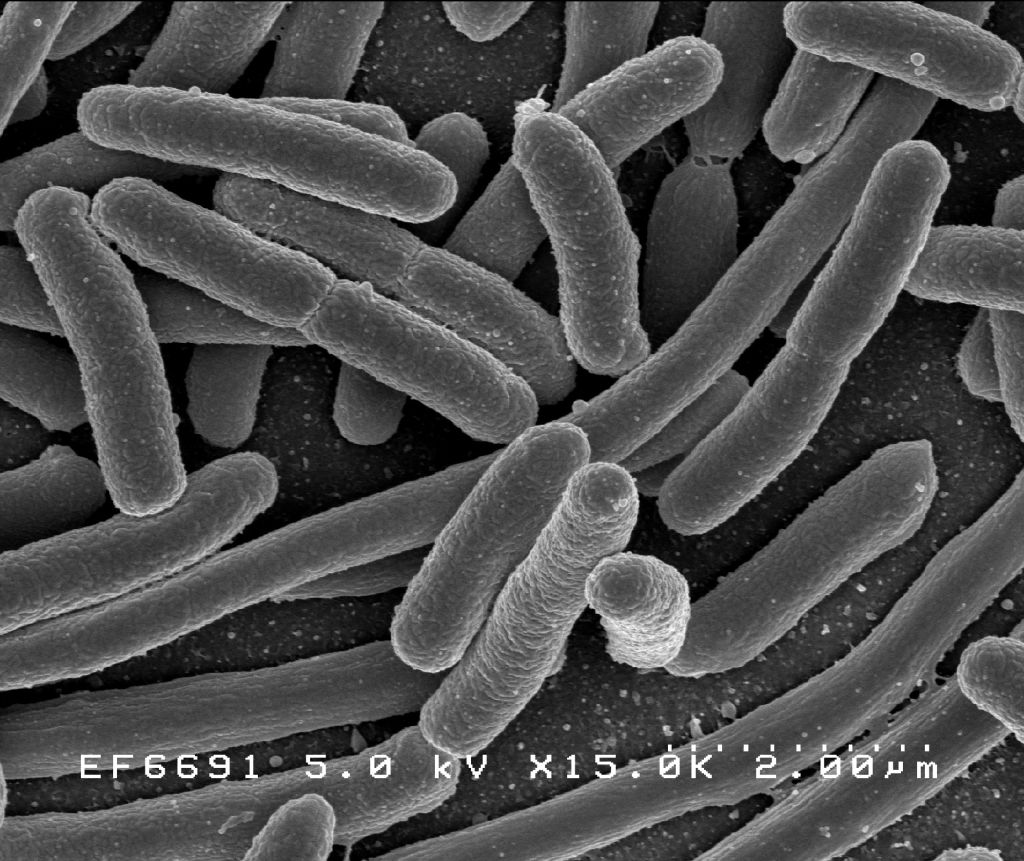Proteobacteria
|
WikiDoc Resources for Proteobacteria |
|
Articles |
|---|
|
Most recent articles on Proteobacteria Most cited articles on Proteobacteria |
|
Media |
|
Powerpoint slides on Proteobacteria |
|
Evidence Based Medicine |
|
Clinical Trials |
|
Ongoing Trials on Proteobacteria at Clinical Trials.gov Trial results on Proteobacteria Clinical Trials on Proteobacteria at Google
|
|
Guidelines / Policies / Govt |
|
US National Guidelines Clearinghouse on Proteobacteria NICE Guidance on Proteobacteria
|
|
Books |
|
News |
|
Commentary |
|
Definitions |
|
Patient Resources / Community |
|
Patient resources on Proteobacteria Discussion groups on Proteobacteria Patient Handouts on Proteobacteria Directions to Hospitals Treating Proteobacteria Risk calculators and risk factors for Proteobacteria
|
|
Healthcare Provider Resources |
|
Causes & Risk Factors for Proteobacteria |
|
Continuing Medical Education (CME) |
|
International |
|
|
|
Business |
|
Experimental / Informatics |
Please Take Over This Page and Apply to be Editor-In-Chief for this topic: There can be one or more than one Editor-In-Chief. You may also apply to be an Associate Editor-In-Chief of one of the subtopics below. Please mail us [1] to indicate your interest in serving either as an Editor-In-Chief of the entire topic or as an Associate Editor-In-Chief for a subtopic. Please be sure to attach your CV and or biographical sketch.
Overview
The Proteobacteria are a major group (phylum) of bacteria. They include a wide variety of pathogens, such as Escherichia, Salmonella, Vibrio, Helicobacter, and many other notable genera.[1] Others are free-living, and include many of the bacteria responsible for nitrogen fixation. The group is defined primarily in terms of ribosomal RNA (rRNA) sequences, and is named for the Greek god Proteus (also the name of a bacterial genus within the Proteobacteria), who could change his shape, because of the great diversity of forms found in this group.[2]
All Proteobacteria are Gram-negative, with an outer membrane mainly composed of lipopolysaccharides. Many move about using flagella, but some are non-motile or rely on bacterial gliding. The last include the myxobacteria, a unique group of bacteria that can aggregate to form multicellular fruiting bodies. There is also a wide variety in the types of metabolism. Most members are facultatively or obligately anaerobic and heterotrophic, but there are numerous exceptions. A variety of genera, which are not closely related to each other, convert energy from light through photosynthesis. These are called purple bacteria, referring to their mostly reddish pigmentation.
Cavalier-Smith has postulated that Proteobacteria is part of the bacterial clade Gracilicutes.
Sections/Classes
The proteobacteria are divided into five sections, referred to by the Greek letters alpha through epsilon, again based on rRNA sequences. These are often treated as classes. Note the Gamma Proteobacteria are paraphyletic to the Beta Proteobacteria.
Alphaproteobacteria
The Alphaproteobacteria comprise most phototrophic genera, but also several genera metabolising C1-compounds (e.g. Methylobacterium), symbionts of plants (e.g. Rhizobia) and animals, and a group of dangerous pathogens, the Rickettsiaceae. Moreover the precursors of the mitochondria of eukaryotic cells are thought to have originated in this bacterial group. (See endosymbiotic theory.)
Betaproteobacteria
The Betaproteobacteria consist of several groups of aerobic or facultative bacteria which are often highly versatile in their degradation capacities, but also contain chemolithotrophic genera (e.g. the ammonia-oxidising genus Nitrosomonas) and some phototrophs (genera Rhodocyclus and Rubrivivax). Beta Proteobacteria play an important role in nitrogen fixation in various types of plants, oxidizing ammonium to produce nitrite- an important chemical for plant function. Many of them are found in environmental samples, such as waste water or soil. Pathogenic species within this class are the Neisseriaceae (gonorrhea and meningoencephalitis) and species of the genus Burkholderia.
Gammaproteobacteria

The Gammaproteobacteria comprise several medically and scientifically important groups of bacteria, such as the Enterobacteriaceae, Vibrionaceae and Pseudomonadaceae. An exceeding number of important pathogens belongs to this class, e.g. Salmonella (enteritis and typhoid fever), Yersinia pestis (plague), Vibrio (cholera), Pseudomonas aeruginosa (lung infections in hospitalized or cystic fibrosis patients), and Escherichia coli O157:H7 (food posioning).
Deltaproteobacteria
The Deltaproteobacteria comprise a branch of predominantly aerobic genera, the fruiting-body-forming myxobacteria, and a branch of strictly anaerobic genera, which contains most of the known sulfate- (Desulfovibrio, Desulfobacter, Desulfococcus, Desulfonema, etc.) and sulfur-reducing bacteria (e.g. Desulfuromonas) alongside several other anaerobic bacteria with different physiology (e.g. ferric iron-reducing Geobacter and syntrophic Pelobacter and Syntrophus species).
Epsilonproteobacteria

The Epsilonproteobacteria consist of only a few genera, mainly the curved to spirilloid Wolinella, Helicobacter, and Campylobacter. Most of the known species inhabit the digestive tract of animals and humans and serve as symbionts (Wolinella in cows) or pathogens (Helicobacter in the stomach, Campylobacter in the duodenum). There have also been numerous environmental sequences of epsilons recovered from hydrothermal vent and cold seep habitats.
References
- ↑ Madigan M; Martinko J (editors). (2005). Brock Biology of Microorganisms (11th ed. ed.). Prentice Hall. ISBN 0131443291.
- ↑ "Proteobacteria". Discover Life: Tree of Life. Retrieved 2007-02-09.
